CWU geology professor stars on PBS
Courtesy of CWU and Nick Zentner
Nick Zentner, CWU geology professor, often works in the field and is active in the local geology community.
CWU geology Professor Nick Zentner stars in a new television program titled, “Nick on The Rocks” that highlights geology in Washington State. According to Zentner, the show is being aired in the Yakima area on PBS and will reach a Seattle audience in April.
“I’m pleased so far. We just finished our first season, so we’re still figuring things out and we’re getting a lot of feedback from people that follow what I do,” Zentner said.
Each episode is relatively short at about five minutes, but the unique content helps it stand out among regular television shows in Seattle according to Zentner.
Additionally, the show is in the middle of developing a second season which will be made up of around seven episodes. Zentner said he plans to use criticism from the first season to improve future episodes.
Zentner said he takes the material that resonates with students and non-students the most and uses it for the show.
“I open my class up to the public, and so there is always some retired folks in there as well as the central kids,” Zentner said. “So, I kind of know that 19-year-olds aren’t watching PBS tv.”
Linda Schactler, Vice President of Public Affairs at CWU, is the Executive Producer for “Nick On The Rocks.”
“I am a member of the KCTS advisory board. KCTS is in Seattle, it’s the tv station that is under Cascade Public Media,” Schactler said.
She said that many people have stopped watching their programs and they’ve had to adapt to those changes. KCTS even had to close a station in Yakima as a result.
“Because I’m a board member I thought, ‘Oh we have local content. This is a university, we have tons of interesting stuff all the time.’ And our problem is we don’t have any way to get it off campus,” Schactler said.
Additionally, Schactler said she was looking for material to put on television which lead to her to two shows, “CWU On Stage” and “Nick On The Rocks.”
Zentner had an audience for his own videos before “Nick on the Rocks” according to Schactler. She said she knew he was a good candidate for small episodes and that PBS liked the show’s pitch. .
“We said, ‘Ok, we’re going to produce a six-part series and off we go,’“ Schactler said.
Zentner said he would like to record episodes around the Pacific Northwest, not just exclusively to Washington.
“There is almost an unlimited supply of topics and ideas and it’s not.. one of the things we’re trying to do is to make sure we have a well-balanced menu,” he said.
He also said that he loves being able to teach geology and getting people excited about it. The geology professor has been teaching for 25 years and has no plans of retiring because of his love for sharing geology with others.


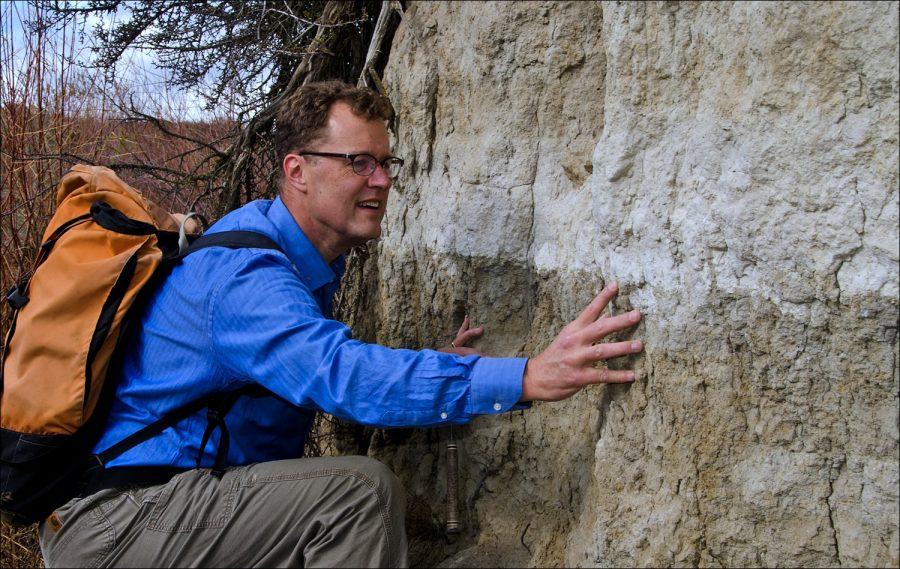

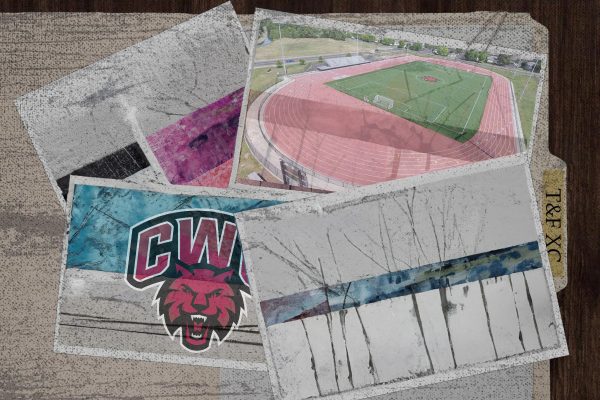

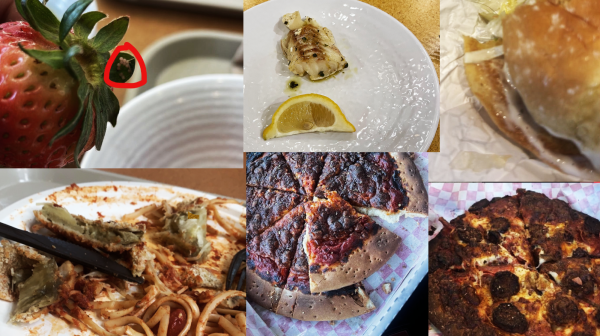

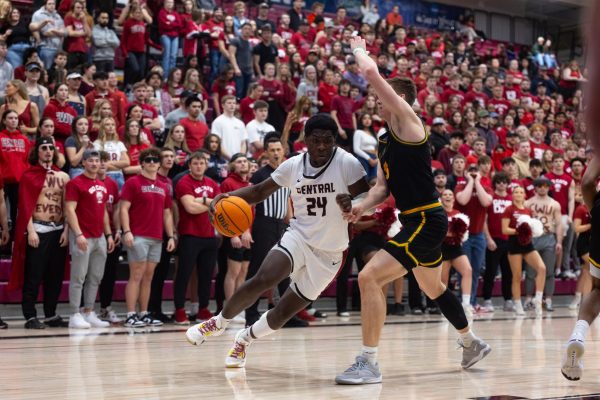
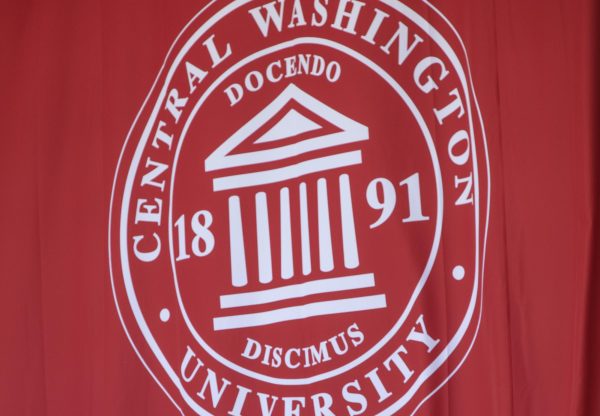
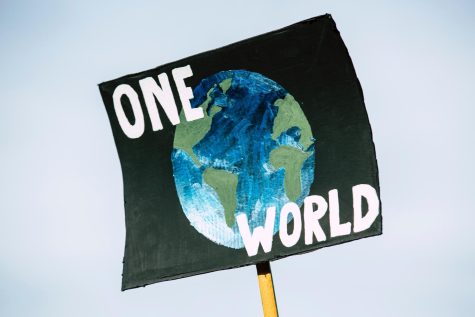
Andrew Duff • Oct 29, 2023 at 3:22 pm
I’ve watched various lectures by Prof. Zentner over the years. YouTube. Wondering if this could be a nation wide show? I know more about Washington state geology than I do about Vermont. There must be professors around the country who would put together one hour lectures/field walks like Zentner did. Another angle would be to incorporate climate change in the lectures. Past and future ramifications.
billy von tuchawits • Nov 8, 2017 at 2:37 am
chicken balls 🙂
Nick Zentner • Jul 15, 2017 at 9:26 pm
Appreciate your input, Ralph. Thank you. We just finished filming Season 2. Will think about your ideas as we plan for the next batch.
Wesley Mahan • Jan 21, 2017 at 10:02 pm
Oregon Public Broadcasting needs to show this series as well. Zentner is a wonderful and engaging geologist.
Nick Zentner • Jul 15, 2017 at 9:27 pm
Thanks Wesley. A new Bridge of the Gods episode was recently filmed. Maybe the OPB folks will be interested.
Ralph Christensen • Jan 21, 2017 at 9:42 am
Possible future topics: Crack-in-the-Earth (Oregon near Christmas Valley); Hole in the Ground/Fort Rock; huge calderas (Harney-Malhuer Basin); the volcanic track across Oregon and Idaho to Yellowstone; readily visible signs of the Cascadia earthquakes and long term evidence (stumps on the beach, sand layers, stacked terraces, etc.); the Basin and Range province; glacial pluvial lakes (w/dry river near Bend, Oregon); readily visible Missoula flood evidence down the Columbia Gorge; Puget-Willamette lowland; Columbia River Basalt to the sea; Jordan Craters; ash deposits SE Oregon/Leslie Gulch; Silver Falls State Park near Salem, Oregon (life of a waterfall); lava tubes; agates, geodes, thunder eggs; obsidian; hot springs/salt springs/fresh springs; landslides; Ancient massive lahar in upper Willamette Valley (seen in gravel pits and well logs);
These are topics I have found interesting. Some have longer programs about them already (Missoula Floods, Yellowstone Hotspot for examples), but a 5 minute explanation and reference to places people can go see it themselves or a short illustration which shows a region context, I think would be more accessible to a general audience, or could provide a wider framework that people could come to recognize and understand the geology we live in. I am sure you have thought of many of these, if not all of them, but at least I can confirm your thoughts perhaps. I think the 5 minute format is great. The flood over dry falls model was great. At the Tacoma lahar deposit outcrop, perhaps you could say: “See these boulders (close-up of several boulders), see how they are separated by fined grained mud. That tells us that this is a landslide or debris flow called a lahar, and not a glacial deposit, as it was first assumed to be, where we would expect the boulders to be packed together. Because lahars are like thick wet cement they can carry boulders, sometimes huge boulders, in the slurry without them settling to a layer of boulders at the bottom of the flow.”
Thus we not only inform but now we are beginning to teach people to really look, see, think, and evaluate the geology. Hope I have been of some benefit.
C Monterastelli • Jul 7, 2017 at 6:26 pm
Fabulous show! I Hv a new appreciation for Geology. Nick Zentner creates an exciting perspective on his subject.